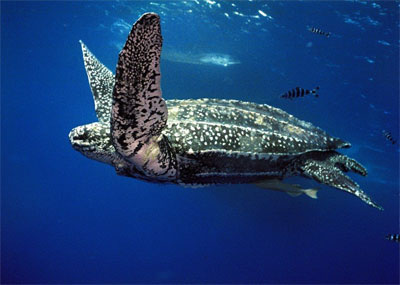(1) It would change the patterns of the tidal inflows and outflows around the entire coastline and up every river estuary in the UK. This would be disastrous both for the flora and fauna of the inter-tidal zones and coastal wetlands as well as any species which times its feeding or reproduction according to tidal cycles.Roger Adair wrote:UE would you care to give some examples of the "numerous reasons" referred to making this an absolute non starter?UndercoverElephant wrote:
It would be an understatement to say that is an understatement. A barrage like that would be an marine ecological catastrophe of indescribable propotions, for numerous reasons. Absolute non-starter.
The area inside the barrage on that map contains over 50% of the shingle beaches left in the world and one if the highest concentrations of river estuaries and tidal wetlands anywhere in the world. We are located where warm and cold water meet and where three different climate/weather systems interact. Given that there is also so much of it, the coasts of the British Isles end up being of global significance for biodiversity, especially wrt marine and wetland birds. The barrage would compromise all of this.
(2) It would pose an enormous barrier to the free movement of species between inside the barrage and outside, hindering seasonal migrations and species which follow their food sources. Take just one example - the leatherback turtle. This is the largest and rarest turtle on the planet, and for me it is the absolute number one MUST NOT LOSE marine species. They regularly turn up along the west coast of Ireland and in the Irish sea, where they come following the latest bloom of their favourite food - jellyfish. What happens when we build what is effectively an enormous dam around the UK? How do the jellyfish get in? And if they do manage to get in (as youngsters, or because they have been breeding around our coasts), how do the turtles get in? And how do they get out again when the jellyfish have gone elsewhere?
We can't just put up an enormous barrier in the middle of the ocean and expect it not to F--k everything up. Not unless we have learned NOTHING from all of the meddling with nature the human race has previously engaged in - meddling which nearly always has consequence, foreseen and unforeseen, which are proportionate to the size of the meddling.

Adult leatherbacks have no natural predators. They are heading towards extinction entirely because of the activities of the human beings who hunt them as trophies, trample on their breeding beaches and discard plastic bags into the sea which the turtles eat by mistake because they look like jellyfish. Are we now going to build a massive wall under the sea to stop their wandering of the oceans?
